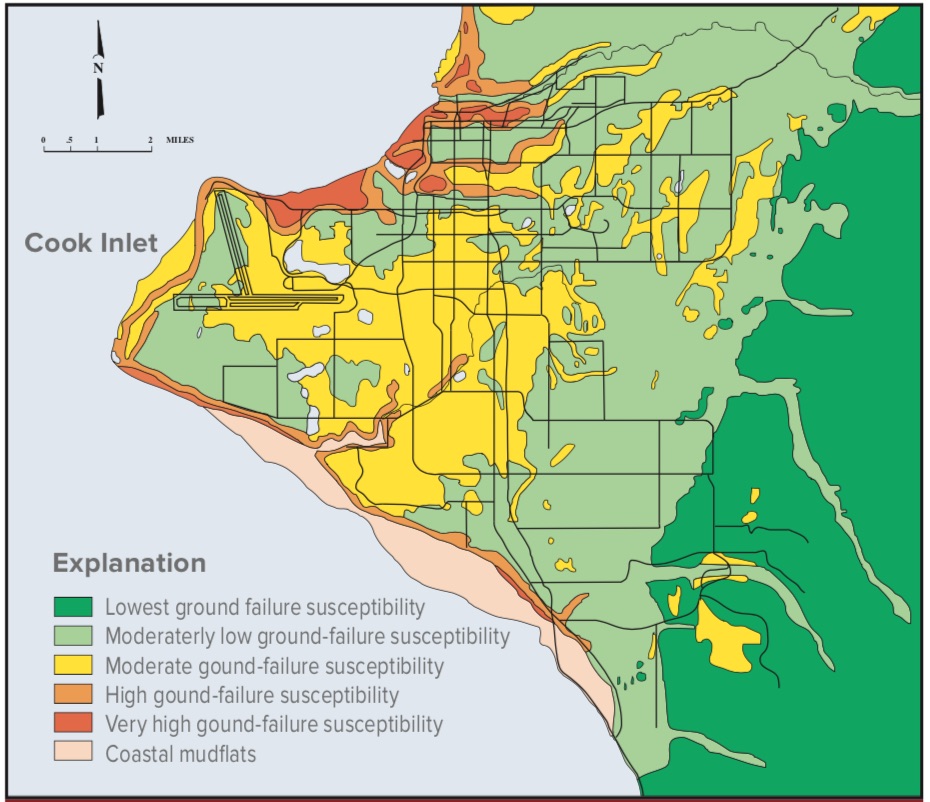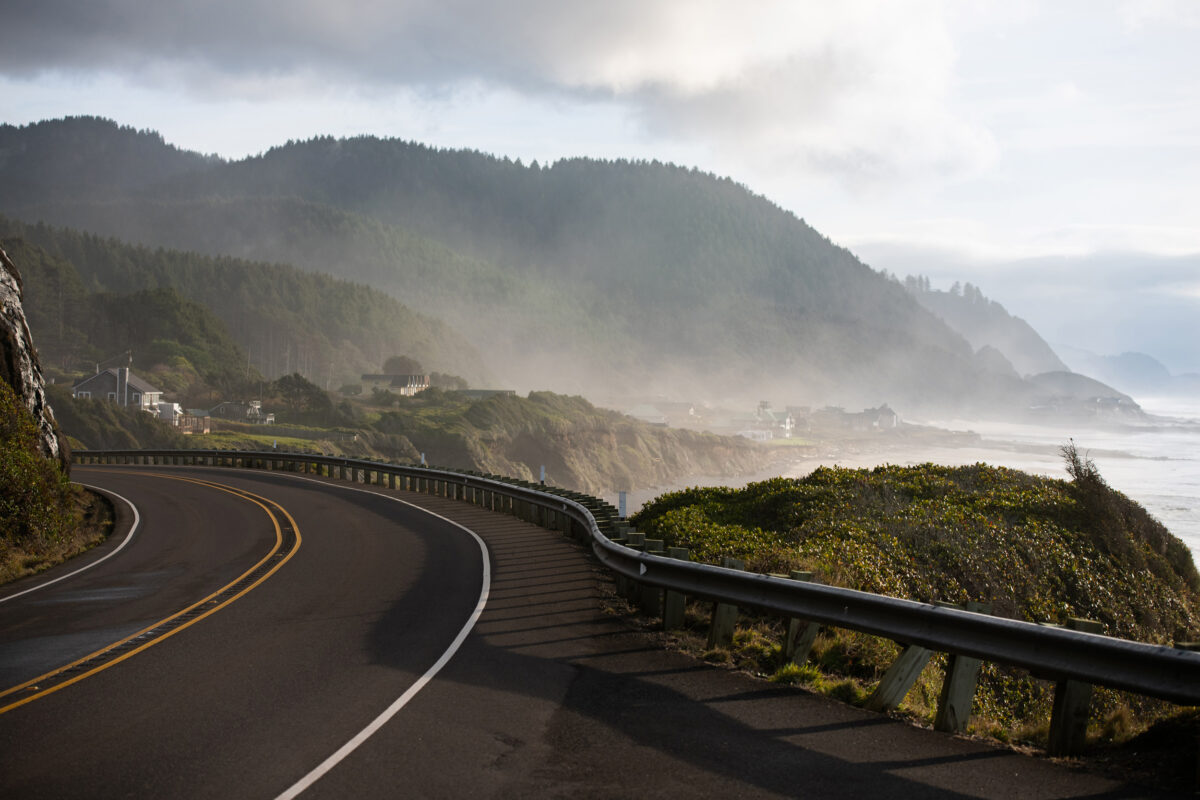The M 7.0 Anchorage earthquake on November 30 demonstrates that strong building codes save lives. But for Alaskans recovering from the quake, life is going to require additional resources to bounce back.
Earthquakes near cities mess life up. And chances are, you’ll be safe.
Anchorage experienced a big quake on November 30, 2018 (at 8:29 a.m. local time, 17:29:28 UTC). No deaths have been reported. Building codes did their job.
But take one look at the photos and you can tell that living in Anchorage is going to be more complicated and more expensive for a while.
Anchorage Earthquake Disruptions
Broken utilities means disruption to schools, commutes, and daily routines. The Earthquake Engineering Research Institute, which is coordinating a response to the Alaska earthquake, regularly publishes earthquake “scenarios.” These scenarios imagine the specific consequences of a plausible earthquake in a particular location.
For example, the Haywired scenario imagines a Magnitude 6.8 earthquake in the East Bay of the San Francisco Bay Area. It includes a description of the fires that may erupt as a result.
Anchorage Liquefaction and Landslides
It has long been known that the northern parts of Anchorage are susceptible to strong shaking. The map below (taken from a recent FEMA publication) shows which areas are most susceptible to soil liquefaction or landslides.
Compare this to the current Google crisis map showing road closures and other hazards after the Anchorage earthquake, and you can see a lot of overlap.

Alaska: The United States Earthquake Capital
The same FEMA publication notes that Alaska’s experiences the vast majority of earthquakes in the US, noting that the state has experienced a M 8.0 or higher earthquake an average of once every 13 years since 1900.
Scientists have long recognized that Alaska has more earthquakes than any other region of the United States and is, in fact, one of the most seismically active areas of the world. -FEMA report
The recent Anchorage earthquake had a magnitude of 7.0, making it very strong but not officially a “Great” quake. In fact, a “Great” earthquake of M 8.0 is 33 times stronger than the Anchorage quake.

Earthquake Resiliency
Being resilient in the face of earthquakes means we’ll have to be resourceful when life gets messed up. And it’s easier to be resourceful when we have a few extra resources, right away.
That’s the whole reason we founded Jumpstart – to tide you over when life gets messed up.



